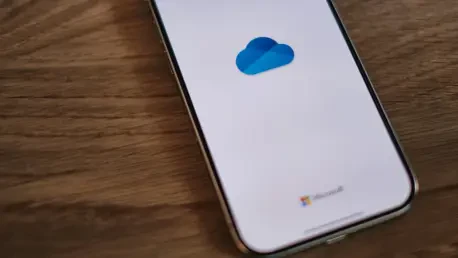Cloud storage solutions are integral to modern data management, offering unparalleled flexibility and accessibility. However, with this increased convenience comes significant security considerations. The widespread use of Microsoft’s OneDrive, with its integrated File Picker, necessitates a rigorous examination of its security frameworks to ensure the protection of user data. The analysis seeks to understand potential vulnerabilities and their repercussions on data integrity and privacy.
In-Depth Analysis of OneDrive File Picker
Microsoft’s OneDrive File Picker is a crucial utility designed to simplify file management across cloud platforms. At its core, it facilitates seamless interaction with OneDrive files directly from various applications. Its significance is evident, as it offers robust solutions for handling files in a cloud-centric world, enabling users to upload, download, and share documents across different platforms seamlessly.
Nonetheless, the utility’s design imposes certain risks due to the vast access it provides. As cloud storage becomes a standard component of enterprise and personal data strategies, understanding the mechanics of the File Picker’s interaction with user data is critical to addressing security concerns effectively.
Examining Features That Affect Security
OAuth Permissions and Their Implications
The OAuth permissions system forms the backbone of OneDrive File Picker’s accessibility paradigm. It involves granting applications permission to interact with a user’s OneDrive account, ostensibly enhancing functionality. However, concerns arise when these permissions potentially overreach, allowing applications such as Slack or Trello broader access than necessary. This over-permissioning threatens user privacy, necessitating a delicate balance between enhanced user experience and stringent security controls.
Assessing Consent Dialogs
One aspect of OneDrive File Picker’s security architecture is how effectively it communicates permission requests to users through consent dialogs. These dialogs are designed to inform users of the access scope applications require, but they often fall short of detailing the extent of that access. Users might unwittingly grant more permissions than intended, increasing the risk of data exposure if these dialogs aren’t sufficiently clear and informative.
Recent Security Concerns and Findings
Recent discoveries have illuminated vulnerabilities within OneDrive File Picker, underscoring critical issues related to data access permissions. Security experts have identified broad-reaching permissions and misleading consent dialogs as vital vectors for unauthorized data access. Although research findings have raised awareness of these vulnerabilities, they also highlight the persistent need for reconsideration and enhancement of existing security measures to protect user data effectively.
Practical Implications and Associated Risks
OneDrive File Picker’s utility spans various sectors, from businesses to educational institutions, exemplifying its widespread relevance. However, this ubiquity also magnifies potential risks. Real-world scenarios depict troubling possibilities where sensitive information, such as corporate documents, might be unintentionally exposed due to lax security settings. These risks necessitate a proactive approach in assessing and mitigating potential data mishandling and unauthorized access.
Addressing Challenges and Regulatory Constraints
The OneDrive File Picker’s integration faces technical challenges, alongside compliance with evolving regulatory standards in data protection. Efforts to fortify its security framework include potential third-party integrations to bolster its defense mechanisms. Solutions being considered revolve around refining the permissions model and utilizing conditional access policies to control application interactions.
Looking Toward Future Security Enhancements
Forecasting future advancements in OneDrive File Picker’s security suggests a concerted focus on refining its existing vulnerabilities. Anticipated improvements include more granular permission settings and alerting systems to notify users of data access activities. As these innovations unfold, they aim to restore confidence in the File Picker’s security and potentially elevate user and industry trust.
Conclusion and Next Steps
The review of Microsoft’s OneDrive File Picker underscores critical areas that require immediate and sustained attention to enhance security protocols. While current vulnerabilities pose significant risks, solutions lie in recalibrating permission structures and enhancing communication on data access. Going forward, developers and Microsoft must prioritize these improvements to ensure that users’ data remains safeguarded amidst increasing reliance on cloud-based solutions.









